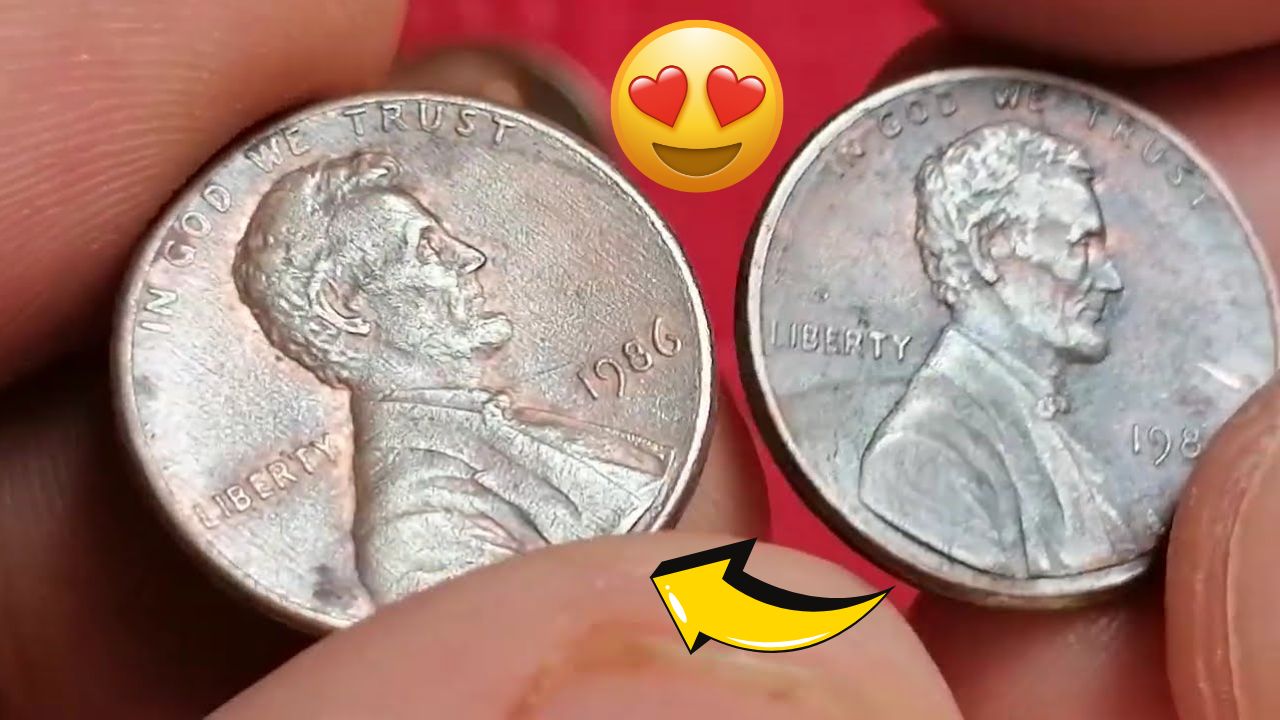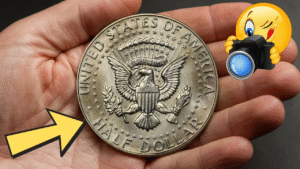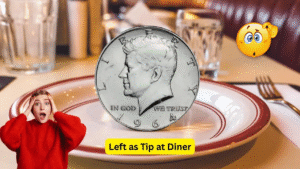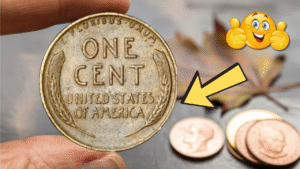Finding a rare coin worth a million dollars tucked away in your change jar might sound like wishful thinking—but in the world of numismatics, it’s more than possible. One of the most famous examples is the 1943 bronze Lincoln Wheat Penny, a minting mistake so rare and valuable that it has fetched up to $1 million at auction. While most pennies from that era are common and worth only a few cents, this one stands out as a true collector’s treasure.
The Story Behind the 1943 Bronze Penny
The Lincoln Wheat Penny was produced from 1909 to 1958. It featured President Abraham Lincoln on the obverse and two wheat stalks on the reverse. In 1943, during World War II, the U.S. Mint began using steel coated in zinc instead of copper to conserve materials for wartime needs.
However, a small number of 1943 pennies were mistakenly struck using leftover bronze planchets from 1942. This error created a rare variation that wasn’t intended to exist, making it one of the most sought-after coins in American history.
Why It’s Worth So Much
Only an estimated 20 to 30 of these 1943 bronze Lincoln Wheat Pennies have been authenticated. Their extreme rarity, combined with the historical context of World War II and the error in production, gives them extraordinary value.
In fact, one of these coins sold at auction for $1 million. Another sold privately for over $300,000. The value depends on the coin’s condition, mint mark, and authentication—but even a lower-grade example is worth tens of thousands of dollars.
How to Identify a 1943 Bronze Penny
If you think you’ve found one of these elusive coins, here’s what to check:
| Feature | Details to Look For |
|---|---|
| Year | 1943 |
| Color | Reddish-brown (bronze), not silver-gray (steel) |
| Weight | 3.11 grams (use a precise digital scale) |
| Magnet Test | Bronze is not magnetic—steel is, so it shouldn’t stick |
| Mint Mark | Can have no mark (Philadelphia), ‘D’ (Denver), or ‘S’ (San Francisco) |
If your coin meets these criteria, don’t clean it—this can drastically reduce its value. Instead, get it professionally authenticated.
Getting Your Coin Authenticated
For serious coin collectors or anyone who suspects they’ve found a rare penny, professional verification is a must. Trusted organizations include:
- PCGS (Professional Coin Grading Service)
- NGC (Numismatic Guaranty Company)
These services will not only verify the authenticity of the coin but also grade its condition, which directly impacts its market value.
Selling a Rare Coin
If you’ve hit the jackpot with a rare 1943 bronze penny, your next step should be to contact a certified dealer or reputable auction house. Avoid selling it online or to unverified buyers, as rare coin scams are not uncommon.
Top venues for selling rare coins include:
- Heritage Auctions
- Stack’s Bowers
- GreatCollections
- Certified coin dealers registered with the American Numismatic Association (ANA)
Could More Be Out There?
Despite the passage of decades, numismatists believe that a few 1943 bronze pennies could still be hiding in plain sight—in old collections, coin jars, or even passed-down family heirlooms. Several examples have surfaced long after 1943, often found accidentally by curious coin checkers.
That possibility keeps collectors on the hunt. It’s the thrill of the unexpected, and it’s entirely possible someone might still find one in everyday change.
FAQs
What makes the 1943 bronze penny so valuable?
Its rarity, historical context, and minting error during WWII make it one of the most prized U.S. coins.
How many 1943 bronze pennies exist?
Roughly 20–30 have been authenticated so far.
Can I sell a rare coin myself?
Yes, but it’s best to go through a certified dealer or major auction house to avoid scams and get the best price.
How do I know if my penny is steel or bronze?
Check the weight (bronze is ~3.11 grams) and use a magnet—steel sticks, bronze doesn’t.









